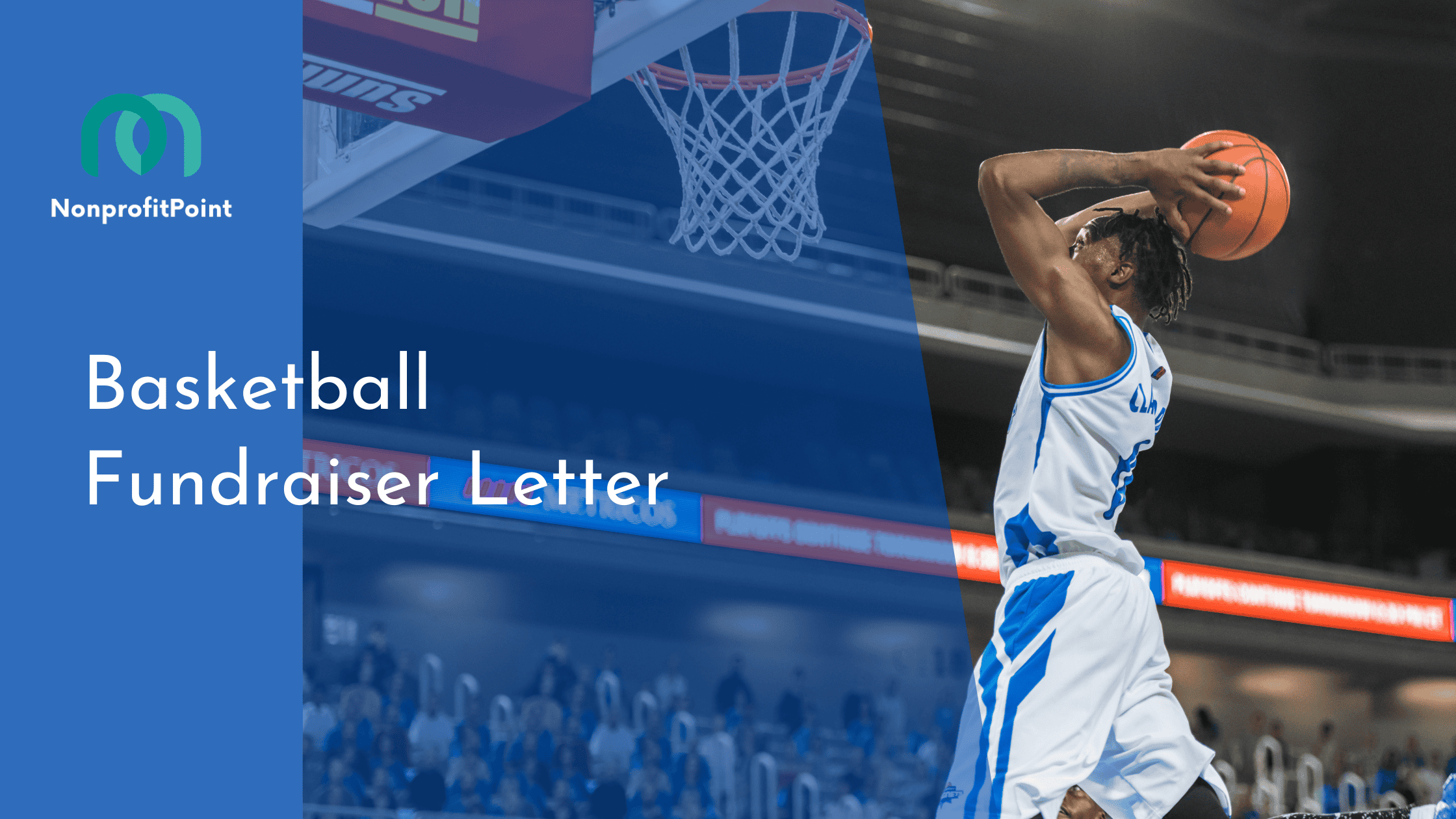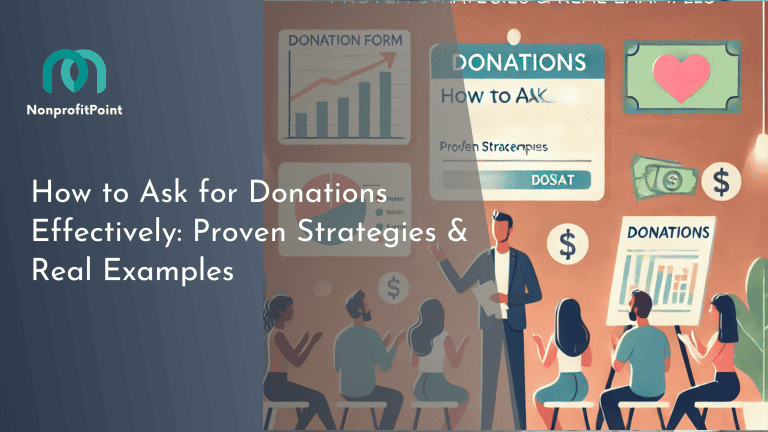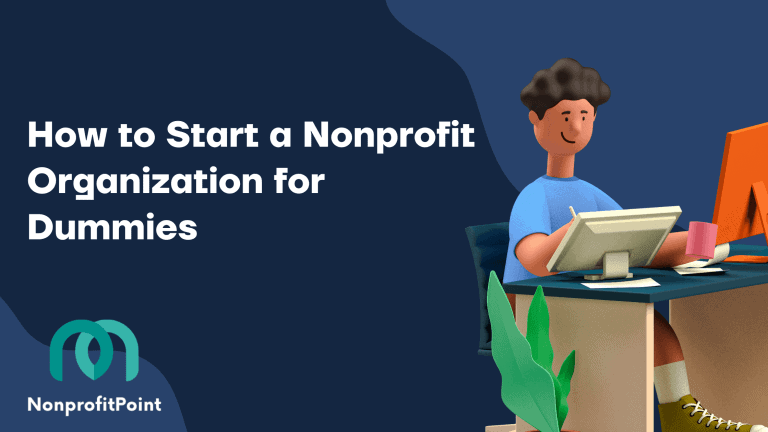How to Write the Perfect Basketball Fundraiser Letter + Tips
In a world where community spirit and unity often take the backseat to life’s daily grind, hosting a basketball fundraiser offers an opportunity to rally support and bring people together for a common cause. Whether you’re raising money for new uniforms, equipment, travel expenses, or even community outreach programs, the power of a well-crafted basketball fundraiser letter can make all the difference. This powerful tool doesn’t just ask for donations—it tells stories, connects hearts, and ignites the passion that lies within every potential supporter.
But writing a compelling letter that inspires your audience to take action? That’s the real game-changer. With the increasing noise of digital media and the countless appeals flooding inboxes, standing out can feel like hitting a buzzer-beater from beyond the arc. How do you craft a letter that captures attention and conveys your cause’s urgency and excitement? In this blog post, we’ll explore the essential components of a successful basketball fundraiser letter, offering insights, tips, and templates to ensure your message resonates and drives action. Whether you’re a coach, parent, or community leader, you’ll find the tools you need to create a letter that doesn’t just ask for support, but inspires it.
A. Importance of Fundraising in Basketball
Fundraising is the lifeblood of many basketball programs, particularly at the grassroots level, where resources are often limited. Whether you’re managing a high school varsity team, a local youth league, or a community recreational group, financial support is crucial to ensure that every player has access to the essentials: high-quality equipment, proper uniforms, safe transportation, and even opportunities to compete in tournaments that could further their development. Beyond the material necessities, fundraising also empowers teams to build bonds, foster a sense of responsibility among players, and provide opportunities that extend beyond the court. For a sport that is more than just a game—it’s a platform for mentorship, character building, and community engagement—fundraising ensures that these benefits remain accessible to every participant, regardless of their economic background.
Moreover, the value of fundraising in basketball goes beyond mere dollars and cents. It’s an opportunity to engage the broader community, creating a shared sense of purpose and pride. Whether it’s local businesses stepping up as sponsors or parents and fans rallying to support their favorite team, fundraising fosters a connection that strengthens not only the team but also the community. This is why a well-thought-out and strategic fundraising initiative can be so impactful; it’s not just about raising money, but about creating a sustainable environment where players, coaches, and supporters can all contribute to and share in the success of the team.
B. The Power of a Well-Crafted Fundraiser Letter
In an era where digital communication often feels overwhelming and impersonal, a well-crafted fundraiser letter stands out as a personal, heartfelt appeal. Unlike generic emails or social media posts, a letter allows you to engage directly with potential supporters, making them feel valued and connected to your cause. A well-written fundraiser letter doesn’t just ask for money; it tells a story, shares a vision, and builds an emotional bridge between the cause and the potential donor. It’s an opportunity to communicate the team’s passion, struggles, and dreams, making the recipient feel like a vital part of the journey. By appealing to the reader’s emotions and sense of community, a strong letter can transform simple curiosity into committed support.
But the reality is that crafting a letter that truly resonates with people requires more than just good intentions. In today’s fast-paced world, where inboxes are overflowing with messages competing for attention, the challenge lies in creating a letter that not only captures that initial interest but sustains it. It’s about standing out with authenticity, purpose, and clarity. A compelling fundraiser letter must be carefully structured, with each element—introduction, story, call-to-action—working together to guide the reader towards taking action. Throughout this blog post, you will uncover the secrets to writing a letter that does more than simply request funds; it inspires a commitment to a cause that matters. Whether you’re a coach, parent, or team volunteer, these insights will equip you with the tools you need to craft a message that not only reaches your fundraising goals but also strengthens your community connections.
II. Understanding Your Audience
A. Identify Your Target Audience
Before pen hits paper (or fingers hit the keyboard), it’s essential to take a step back and think about who your letter is intended for. The more you understand your target audience, the more effective your fundraising appeal will be. Are you writing to parents of players, local business owners, or perhaps alumni who have long since left the court but still hold fond memories of their time with the team? Each of these groups will have different motivations, interests, and levels of connection to the cause. Tailoring your letter to address these specific nuances can make all the difference in securing a positive response. For example, a letter directed at parents might emphasize how fundraising supports their children’s growth and development, both on and off the court. Meanwhile, a letter to a local business might highlight the opportunity to gain community recognition and show support for youth initiatives.
Understanding your audience also involves considering their preferred communication style and what resonates with them. Some may appreciate a formal tone, while others might respond better to a more casual and conversational approach. Additionally, knowing whether they’re more likely to respond to emotional storytelling or to detailed logistical information about how funds will be used can help you shape the narrative of your letter. Essentially, the more personalized your approach, the better your chances of striking a chord with your audience, encouraging them not just to read your letter, but to act on it.
B. Understanding Their Motivations
People donate for a variety of reasons, and understanding these motivations is key to crafting an effective fundraising letter. For some, the decision to support rests on a personal connection—perhaps they have a child on the team, or they played for the team themselves and want to give back. For others, the motivation might be more community-driven, with a desire to see local youth thrive and achieve their potential. Some donors are swayed by the tangible benefits their contributions can provide, such as new uniforms or the chance for the team to compete in a prestigious tournament. In contrast, others might be motivated by the opportunity to take part in something bigger, such as fostering community spirit or ensuring equal opportunities for all players, regardless of their background.
Understanding these varying motivations allows you to tailor your message accordingly. A parent might respond to a letter that talks about the life lessons their child will learn through participation in basketball. On the other hand, a local business owner might be more inclined to contribute if they see the sponsorship as an opportunity to increase their brand visibility in the community. Highlighting tax benefits could also be a strong motivator for some potential donors. By addressing these different motivations in your letter, you’re not just asking for money; you’re offering something of value to your audience—a chance to be part of a positive influence, to make a difference, or to enjoy a direct benefit. Understanding what drives your audience to give enables you to create a letter that not only asks for support but thoughtfully explains why that support matters and how it can benefit the donor as well.
III. Structuring Your Fundraising Letter
A. Introduction
The introduction of your fundraising letter is your first—and possibly only—chance to capture the reader’s attention, so it’s vital to make every word count. Begin with a strong, engaging opening statement that immediately draws the reader in. This could be an inspiring anecdote, a powerful quote, or a captivating statistic that highlights the importance of the cause. For example, you might open with, “Did you know that 80% of youth sports teams struggle to cover basic costs, leaving many young athletes without the resources they need to succeed?” This not only sets the tone but also sparks interest and curiosity, motivating the reader to continue.
It’s also essential to quickly introduce the team and the purpose of your fundraiser within the introduction. Give the reader a sense of who you are, what the team stands for, and why you’re reaching out in the first place. Establishing this early on helps build a connection and grounds the letter in a context that the reader can relate to. You could write something like, “Our local basketball team, the Springfield Tigers, has spent the last year honing their skills and building a sense of camaraderie that goes beyond the court. But as the new season approaches, we face significant financial challenges that could hinder our progress.” This concise introduction sets the stage for the rest of your letter, piquing interest while also signaling the importance and urgency of the fundraising effort.
B. The Body
i. Painting the Picture
The body of your letter is where you truly engage the reader’s emotions by “painting the picture” of the current situation and the impact of their potential contribution. Start by sharing a compelling story that highlights the challenges the team or players are facing, or a recent experience that showcases the importance of the fundraiser. This is where you can leverage the power of storytelling to create an emotional bond between the reader and the team. For instance, you could recount a specific moment when the team overcame adversity to win a crucial game or how a player’s growth over the season has been transformative. The aim here is to make the reader feel like they’re part of that journey—like they’re on the sidelines, cheering the team on with every step they take.
Next, clearly describe the specific need or challenge that the fundraiser aims to address. Whether it’s buying new uniforms because the current ones are worn out, or covering travel expenses for an out-of-state tournament, make sure the reader understands exactly what the money will be used for. Transparency in this section builds trust and makes the reader more likely to feel their contribution will have a direct and meaningful impact. For example, you might write, “Our team has made it to the regional championships, but without the necessary funds to cover travel costs, our players may miss out on this incredible opportunity.” This kind of detailed, honest communication helps to build a compelling case for why the donation is needed now.
ii. The Impact of the Donation
Now that you’ve established the need, it’s time to outline how each dollar contributed will make a tangible difference. Be specific about how donations will be used and the impact they will have on the team and the broader community. For example, “A donation of just $50 can buy a new basketball, ensuring that our players have the quality equipment they need to practice and compete. A $300 donation can help cover the cost of travel for one player, allowing them to participate in a once-in-a-lifetime tournament.” Breaking down the costs in this way allows donors to see the direct correlation between their contribution and the positive outcomes it generates.
Additionally, emphasize the broader, long-term impact of their support. Explain how their donation will enable the team to achieve its goals, foster player development, and contribute to the community at large. You could write, “Your generosity not only helps our team today but also invests in the future of each player, providing them with the skills, discipline, and teamwork needed to succeed both on and off the court.” By linking the immediate need with the lasting impact, you create a narrative that is both urgent and meaningful, encouraging the reader to take action with the knowledge that their support will make a real difference.
C. The Call-to-Action
i. Clear and Direct Ask
The call-to-action (CTA) is arguably the most critical part of your fundraiser letter, as it is the moment where you explicitly ask the reader to support your cause. This ask should be clear, direct, and designed to inspire immediate action. Avoid vague language that leaves the reader uncertain about what to do next. Instead, be explicit about your request and give specific instructions. For example, “We are asking you to consider making a donation of $100, which will help us provide new uniforms for our entire team.” This clarity not only helps the reader understand exactly what you need from them but also reduces any potential barriers to giving.
In addition to the clear ask, it’s also important to create a sense of urgency to motivate the reader to act now rather than later. Mention any deadlines or time-sensitive goals related to the fundraiser. You might write, “We need to raise $5,000 by September 1st to ensure our team can compete in the upcoming championship.” This creates a timeline that encourages the reader not to put off their decision, increasing the likelihood of receiving immediate support. Urgency, paired with a specific ask, helps to focus the reader’s attention and prompts them to take action now rather than letting your letter get lost in the shuffle of other priorities.
ii. Easy Donation Process
Once you’ve made the ask and conveyed the urgency, the next step is to make it as easy as possible for the reader to follow through with their donation. Offer multiple donation methods to cater to different preferences. Some may prefer to donate online through a quick and secure link, while others might be more comfortable sending a check by mail. Provide clear instructions for each method, for example, “To donate online, please visit our secure donation page at [website link]. If you prefer to contribute by check, please make it payable to Springfield Tigers Basketball and mail it to [address].”
To further simplify the process, consider including options for different types of donations. For example, you might offer tiered donation levels with suggested amounts, such as “$50 for equipment, $100 for transportation, $250 as a premium sponsor,” allowing donors to choose the level of support that best suits their budget. Additionally, if there’s an option for in-kind donations or sponsorships, be sure to mention that as well, and provide details on how supporters can contribute in those ways. The goal here is to remove any friction in the donation process, making it as smooth and straightforward as possible for the reader to turn their intent into action.
Conclusion
The conclusion of your fundraising letter is your last chance to leave a lasting impression and drive home the importance of the reader’s support. This is where you reiterate your gratitude and the significance of their potential contribution to the cause. Start by thanking the reader for their time and consideration, acknowledging that they’ve taken a few moments out of their day to engage with your message. For example, “Thank you for considering this opportunity to support our team. Your generosity means the world to us, and we are deeply grateful for your commitment to our players’ success.”
Next, reinforce the impact of their support by revisiting the key points you made earlier in the letter. Remind the reader of the specific need and the difference their donation will make, such as, “With your help, we can ensure that every player has the chance to compete, grow, and achieve their full potential, both on and off the court. Together, we can make this season one to remember.” This reinforces the call-to-action and leaves the reader with a strong sense of how their contribution will be used for good.
Finally, provide your contact information and an invitation for the reader to reach out if they have any questions or need further information. Including a sentence like, “If you have any questions or would like to discuss other ways to support our team, please don’t hesitate to contact me directly at [phone number or email],” not only makes you accessible but also shows that you value their engagement beyond just the donation. Ending the letter on a friendly and open note encourages further connection, and gives the reader a sense of personal involvement with the effort, potentially leading to deeper, long-term support.






